
A perfect FIT
14 March 2025
Baltic Yachts’ Café Racer concept is proving to be a compelling prospect for owners of racing superyachts when they decide to downsize. In this exclusive interview with the Baltic Log, the owner of Open Season explains why it suits his style of sailing
Racing is just a small part of the sailing programme for the second Baltic 68 Café Racer, Open Season, according to her owner Thomas Bscher. She is however very strongly focused on performance, unsurprisingly perhaps for a boat that belongs to a former Le Mans racing driver and president of Bugatti who used to commute to work at 300km/h in a McLaren F1. In her first competitive outings last autumn, the new Open Season won a day’s racing, overall and on handicap, at each of two major Mediterranean regattas, the Maxi Yacht Rolex Cup and Les Voiles de St-Tropez.
It’s fair to say that this is a man who takes racing seriously and has been quite successful, first in GT motor sport and then in sailing, driven by a lifelong sporting friendship, as he describes it, with Magic Carpet owner Sir Lindsay Owen-Jones. The previous Open Season, well known to everyone on the superyacht regatta scene and now racing under her new name Spirit of Malouen X, is a former Wallycento that Thomas famously cut in half and extended to 107ft (32m), transforming a notoriously underperforming boat into a winner.
So why has he downsized? ‘I have a newborn baby,’ he explains. ‘The old Open Season was a great sailing boat but very unsafe for a child. The loads are so high that it’s not even possible to have a baby anywhere on board. When I told my current captain and the one I had before for 10 years, they both said: “Congratulations, the boat has to go.”’
It is rarely straightforward to sell a specialist, high-maintenance racing superyacht – ‘it’s almost like an aeroplane,’ Thomas says, ‘even if you don’t use it you have to do all the servicing’ – but in this case a buyer was found almost immediately. He wanted his next boat to be a Baltic and one of the triggers for buying a 68 Café Racer, he explains, is that opting for a platform build was an opportunity to only miss one season of sailing, as opposed to waiting several years for a full custom boat to be designed, built and delivered.
Some other deciding factors were that he really liked the look and style of the Café Racer and the concept was an ideal fit for the way he wanted to sail. ‘We have a house in the mountains of Mallorca just 10 minutes from Port de Soller,’ Thomas explains. ‘We use it mainly as a family boat and for that we love that it has no backstays because it makes holiday sailing much easier. Obviously we use running backstays for racing. We wanted to have a good sailing boat, use it a little bit as a regatta boat and see how far we go. You need different sails for cruising so we decided this year to have new racing sails and recut the existing mainsail for cruising.’
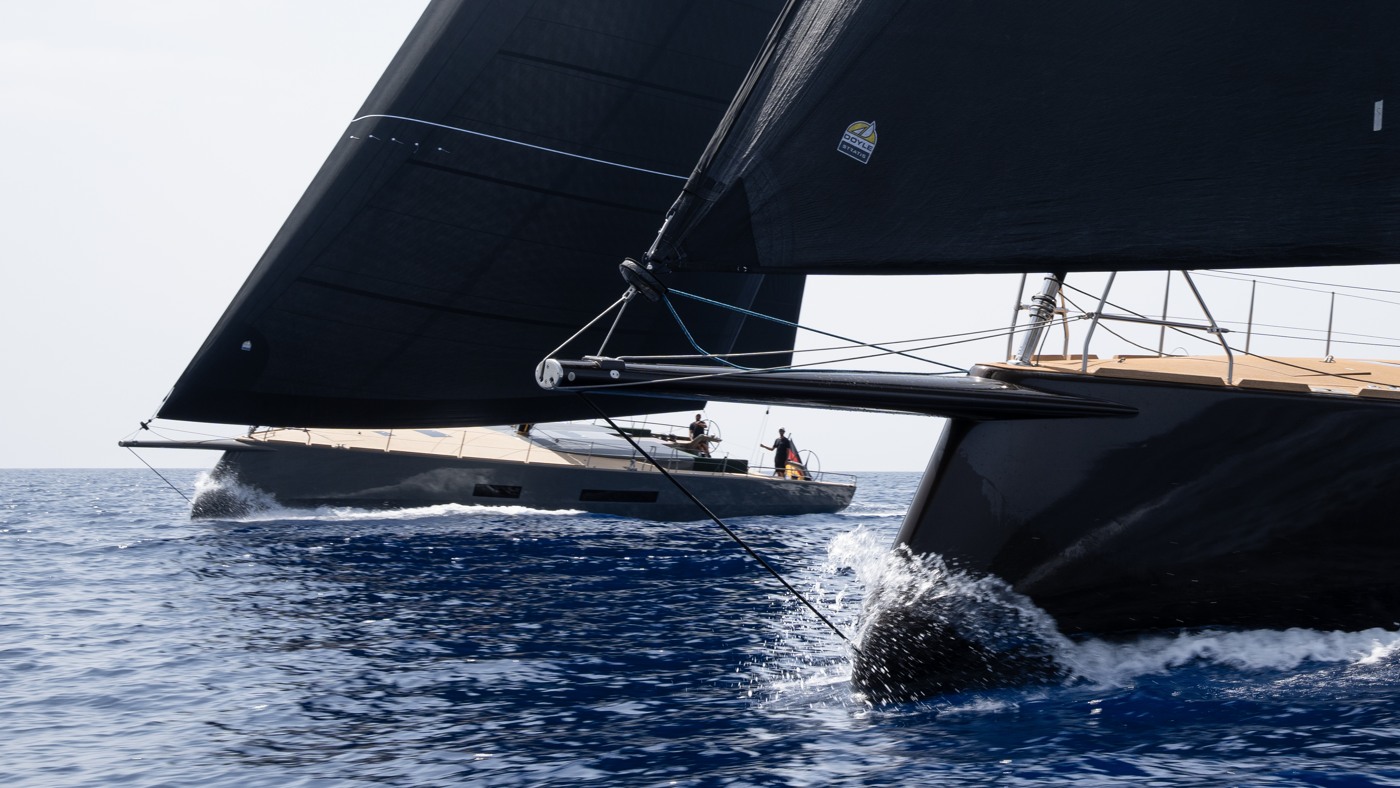
The first 68 Café Racer, Pink Gin Verde, is a showcase of sustainable sailing technology, built with 50 per cent flax fibre instead of carbon and focused on cruising. Sailing her convinced Thomas that he wanted a full carbon build and a lighter keel bulb on a longer fin to maximise the boat’s performance potential. The owners of the next two Café Racers have also chosen carbon rather than flax fibre and opted for lighter, deeper draught keels. All four boats will have the same renewable cork decking, electric powered sailing systems, electric propulsion with a diesel generator as a range extender and large array of solar panels on the coachroof.
Open Season is more than two tons lighter than her older sister and while they share the same hull shape, deck and rig, she is significantly faster. ‘Lightweight is the only way,’ he says. ‘We came perfectly out of construction with the weight. We can even add 200kg of captive winches with no performance penalty. Last year we had maybe 21 knots of wind, the boat was up on the plane and we were doing 23-24 knots like a motorboat,’ he says. ‘No other boat in this field – yet – will do that.’
Below decks, Open Season has a simple layout configured for comfortable daysailing and weekend cruising, with a spacious open plan saloon and clean, modern interior décor styled by Jens Paulus. Natural oak veneer adds warmth to the finish, linen bulkhead coverings save weight and some of the boat’s structural carbon elements are left exposed. The master cabin is up forward with an office desk facing aft, a large double bed offset to starboard, a long banquette seat to port and the en suite bathroom in the forepeak. The crew cabin is aft of the saloon, to starboard and there’s a technical room for the yacht’s systems on the port-hand side.
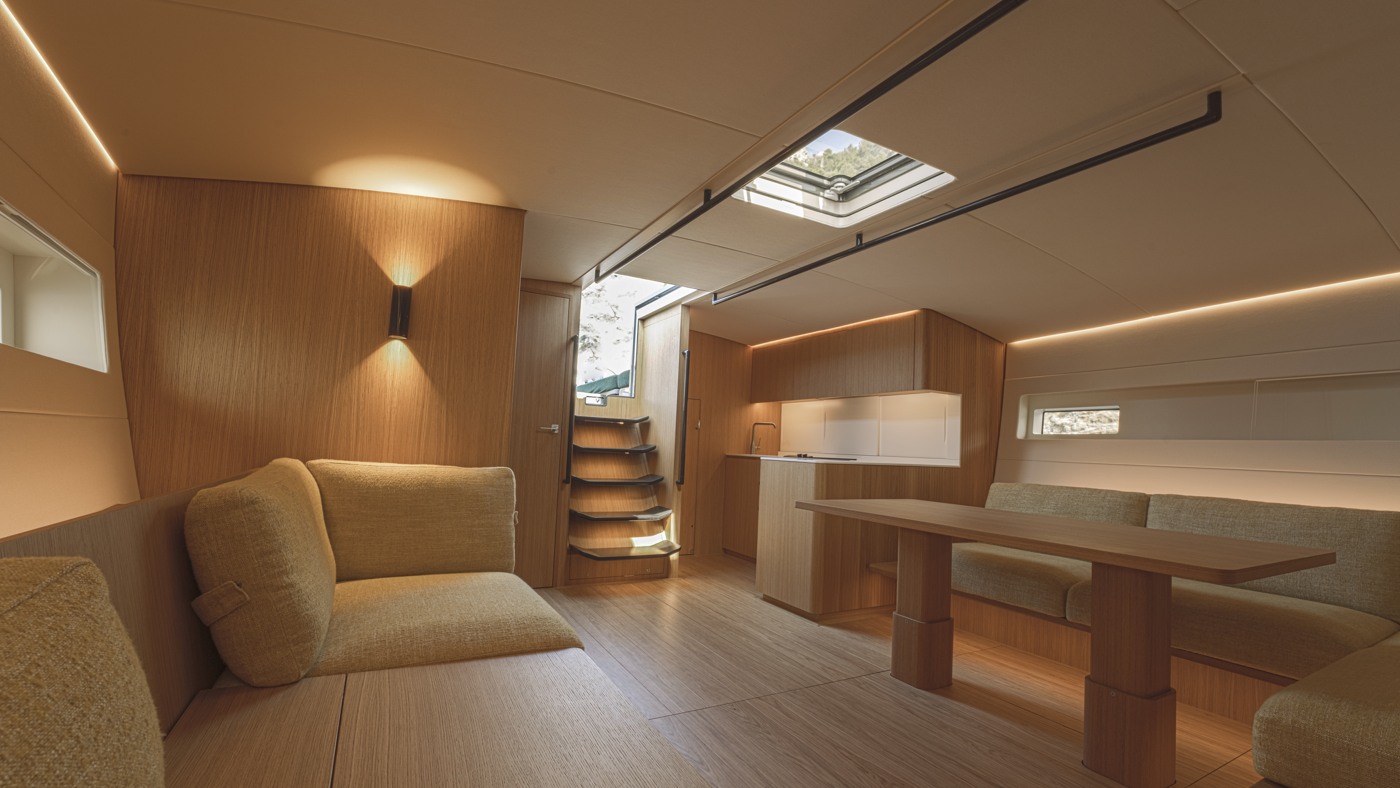
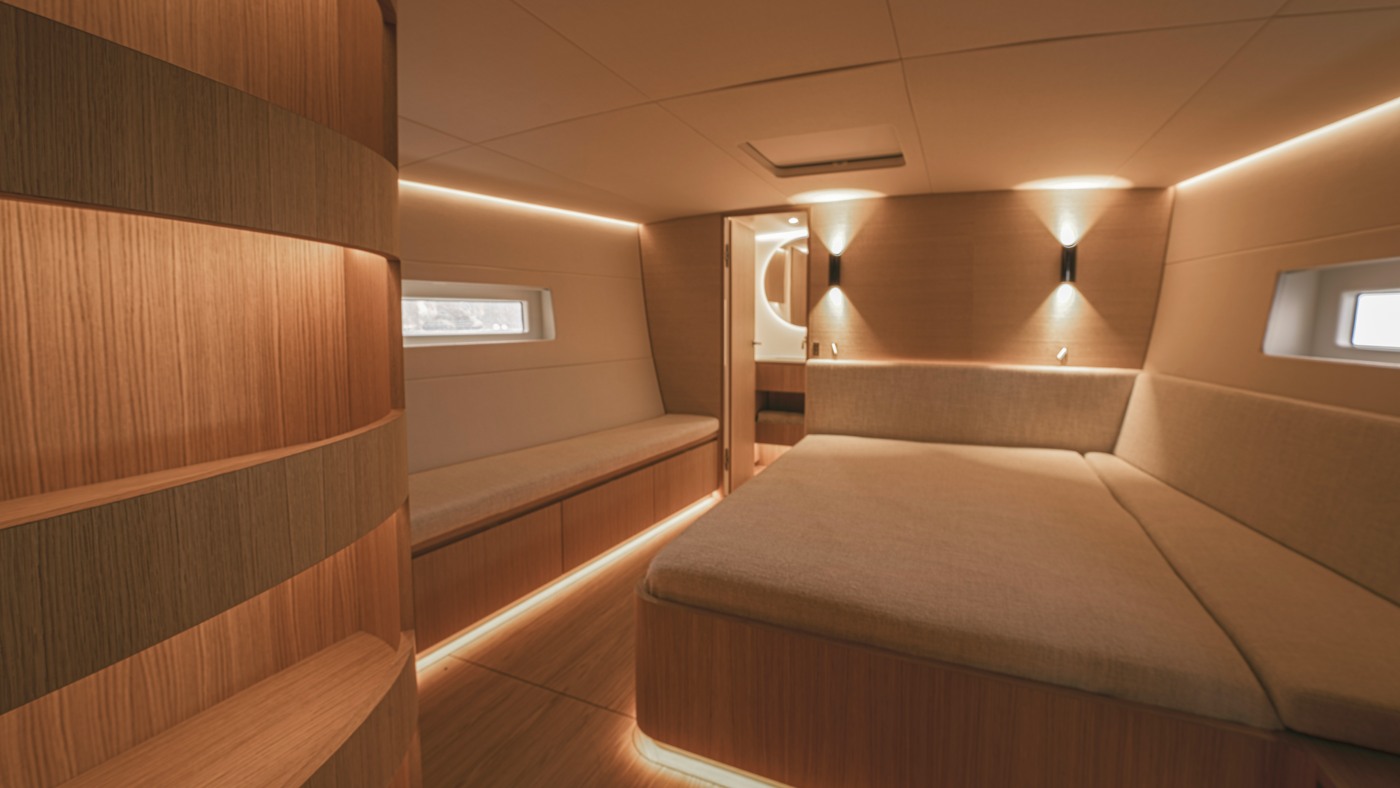
A personal choice, against the advice of the boat’s naval architect, Javier Jaudenes, was to have a single rudder instead of the standard twin rudder configuration. ‘None of the other 68s will have that because it is a lot more tiring to steer but I don’t care because it’s a much better feel on the helm,’ Thomas says. ‘Beyond 12 knots it doesn’t make any difference but at lower speeds it does. You really have to be fit because it’s like having 10 or 12kg to hold permanently, but I’m used to it. On the old Open Season we sometimes needed two helmsmen because one couldn’t steer the boat. But in light winds it was unbeatable and in heavy winds also.’
After the first two regattas, Thomas made some changes to the deck plan over the winter to suit his style of racing. ‘We added two captive winches under the cockpit for the runners, to free up two people from the back of the boat,’ he explains. This year there will be more elbow room for racing, with two to four fewer crew on board.
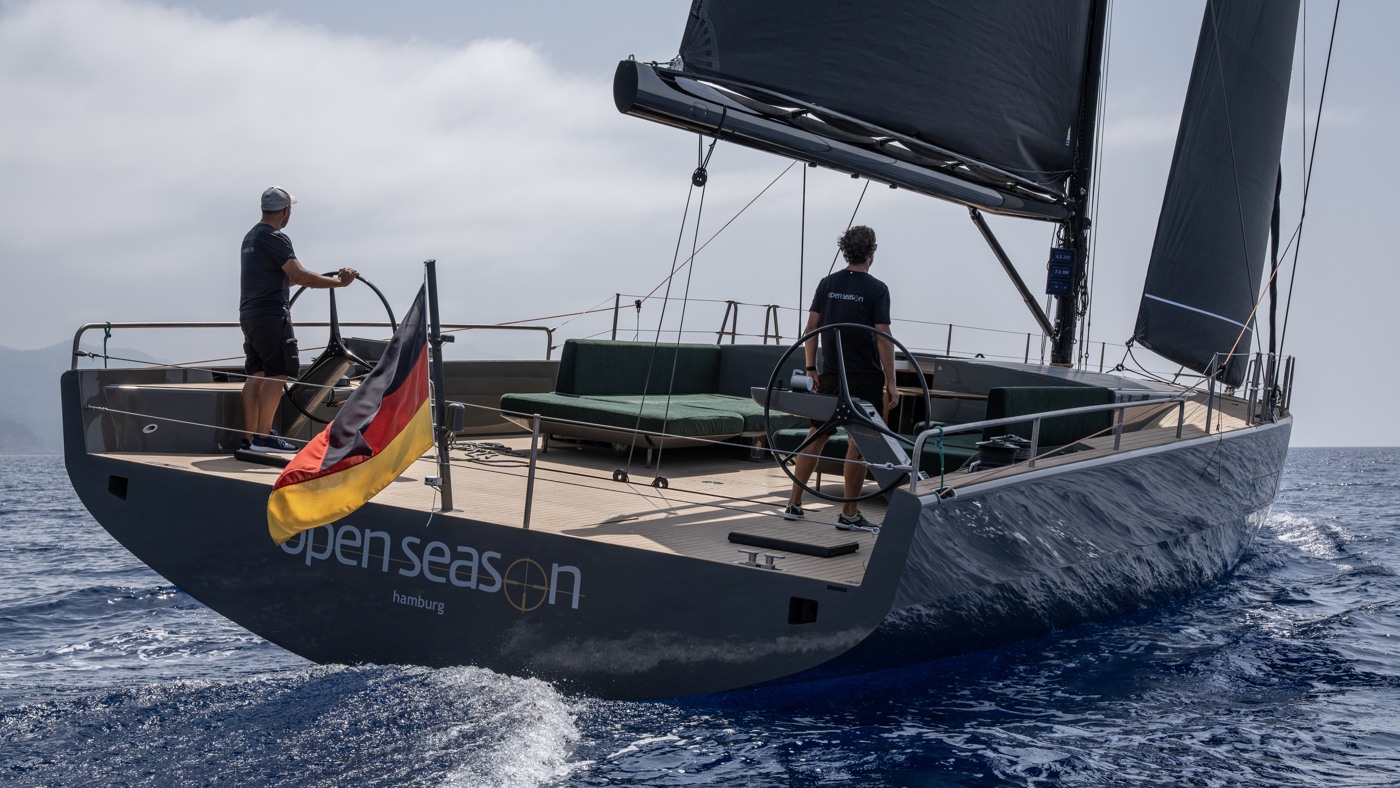
The 18kW electric drive leg was replaced with the larger 30kW version , swapping the smaller air-cooled model which proved unreliable for a water-cooled version, and made some changes to the boat’s electrical systems. ‘The main problem with electric propulsion is that you can’t find so quickly the source of an issue so we put some procedures in place for that,’ he says. ‘We got together with Baltic and looked at what we needed to do, not blaming each other but working to a solution which makes sense.’
Having electric-powered sailing systems instead of hydraulics is a major improvement in the quality of life on board. ‘One of the really wonderful things about this boat is the absence of noise,’ Thomas says. ‘It’s like the old wooden dinghy from my childhood. The old Open Season could not sail without these screaming hydraulics. We were running them at 380 bar, on Magic Carpet they had 720. You could theoretically sail with a DC electric pump, but not really. And it’s a life threatening situation if something breaks with 700 bar of oil pressure. I don’t want that any more.’
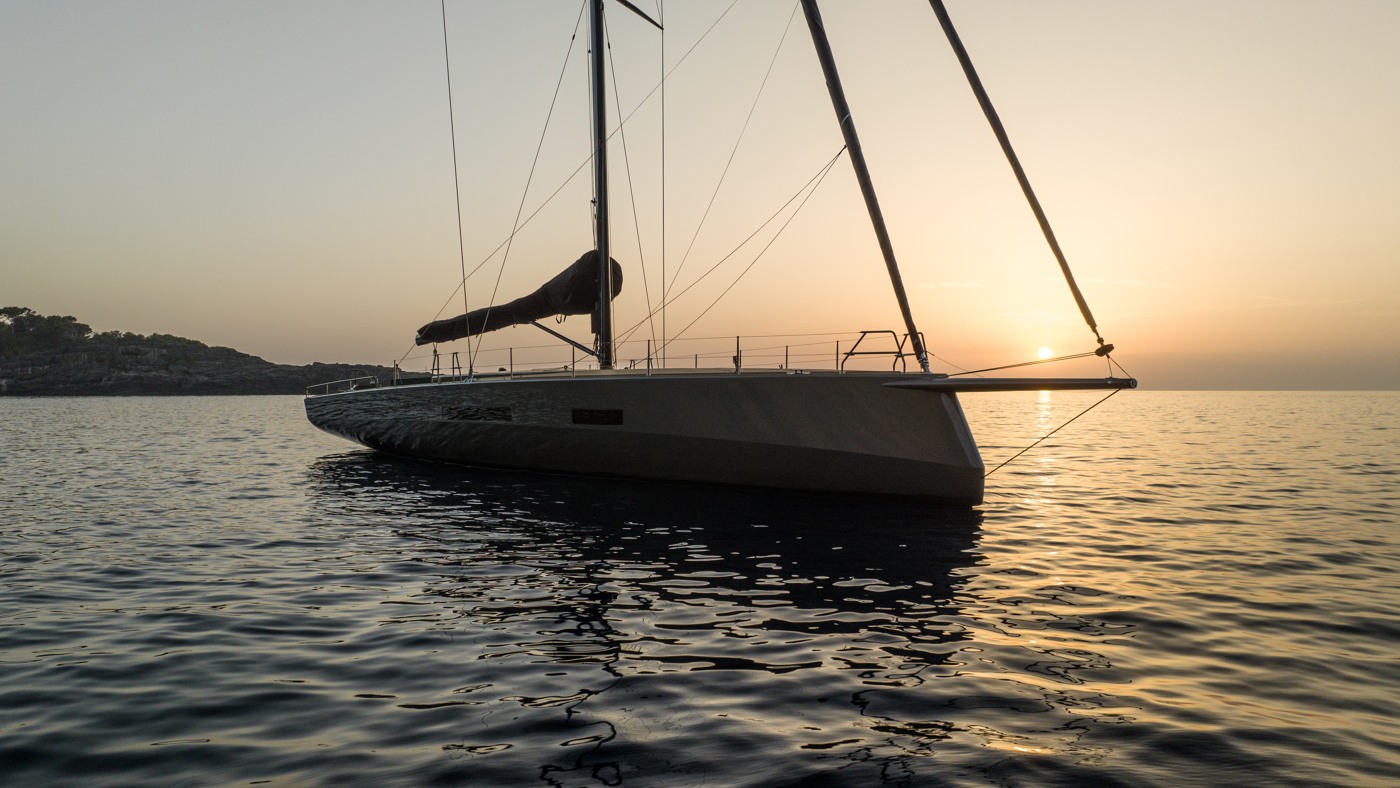
The Café Racer’s battery capacity has proved to be more than ample for daysailing, whether cruising or racing. ‘The air conditioning takes more power than you think, the propulsion takes a bit less than you think,’ he says. ‘We use a small awning over the boom, much smaller than most boats have, because it’s so much easier to use. The other big advantage is that it leaves enough space between the awning and the deck to get good airflow with the wind blowing through. And that means we don’t depend too much on air conditioning.’
So what’s his verdict, overall, on Open Season after the first season of use? ’If I were to build a new boat I would probably build the same one, maybe 5ft bigger because I’d like to have a slightly larger crew cabin,’ Thomas says. ‘But I’d do the same thing again so it was the right decision.’
This article was featured in the anniversary issue of Baltic Log. Read the full magazine here.
Learn more about the Café Racers

BALTIC 68 CAFÉ RACER-03
The third hull of the popular Café Racer is optimised for racing while staying true to her concept of easy...
MORE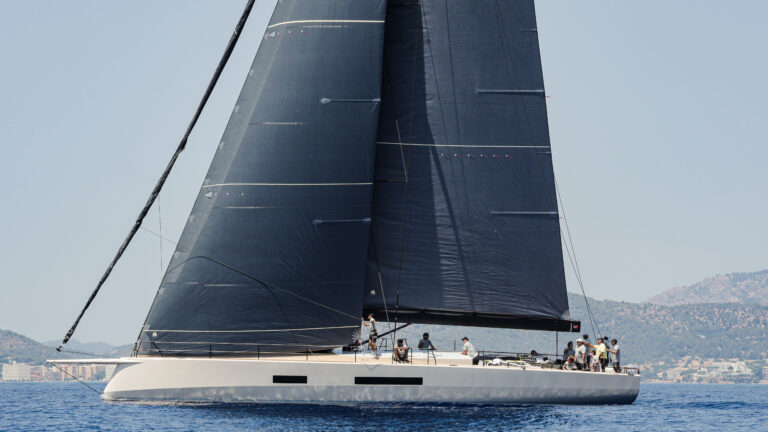
Baltic 68 Café Racer Scorpione Hormar
The owner of hull number four has opted for a conventional, diesel-driven propulsion system, a single rudder, a Hall Spars...
MORE